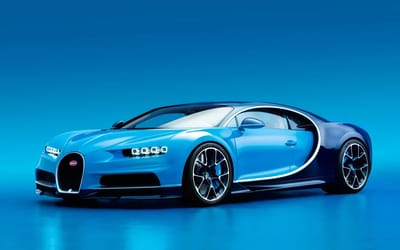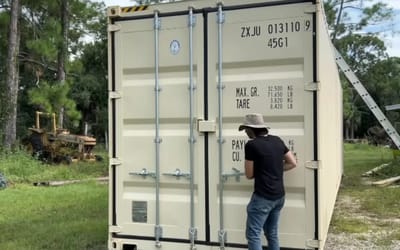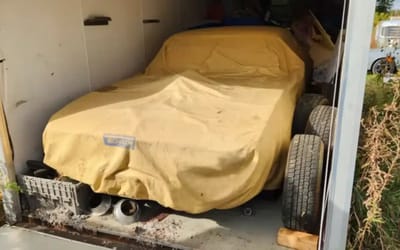This is why semi trucks don't use V8 engines any more
Published on Jul 19, 2025 at 9:43 PM (UTC+4)
by Molly Davidson
Last updated on Jul 15, 2025 at 4:33 PM (UTC+4)
Edited by
Amelia Jean Hershman-Jones
It’s easy to assume that massive semi trucks would be powered by V8 engines – the kind known for raw power and thunderous soundtracks, but you’re actually more likely to find an inline-6 diesel.
V8s might be staples of muscle cars and high-performance vehicles.
But under the hood of most modern long-haul rigs, you’re far more likely to see six cylinders.
And while that might sound less exciting, there are some very good reasons why the industry made the switch.
VISIT SBX CARS – View live supercar auctions powered by Supercar Blondie
Why V8 engines lost their place in modern semi trucks
The first thing to know is that semi trucks don’t care about high horsepower. They care about torque – and lots of it.
An inline-6 diesel engine doesn’t just provide 400–600 horsepower (which is plenty), but it also delivers up to 2,000lb-ft of torque – which is what really matters when hauling 80,000lb trailers across America.
These engines are massive, ranging from 13 to 16 liters, and are almost always turbocharged. It’s a setup built for brute force, not speed.

And while some European V8 engines, like the Scania V8, produce huge torque numbers (2,350lb-ft), they’re used where heavier loads are legal.
US weight limits make a V8 overkill – both in cost and complexity.

Inline-6 engines are simpler, smaller, and more efficient
Inline-6 diesel engines also win on packaging and reliability.
They’re long and narrow, making them easier to fit in truck engine bays – especially compared to V8s, which are wider and take up more space.
That bulk doesn’t just make installation trickier – it complicates maintenance, too.
Inline-6s have just one cylinder head instead of two, meaning fewer parts to fail and easier access for repairs. That simplicity matters when you’re running a fleet – because time in the shop is money lost.

They also operate at lower RPMs, which means less wear and better fuel economy – crucial when semis average just 6–8mpg.
Then there’s the problem of emissions.
Modern regulations are strict, and smaller-displacement inline-6 engines are easier to keep clean than high-output V8s.
It’s why some companies, like Caterpillar, walked away from making semi-truck engines altogether.
Looking ahead, electric rigs like the Tesla Semi are starting to make noise in the industry – but for now, the inline-6 diesel still does the heavy lifting. It’s reliable, efficient, and built for the long haul.
And that’s exactly why V8 engines have quietly disappeared from the world of semi trucks.
Click the star icon next to supercarblondie.com in Google Search to stay ahead of the curve on the latest and greatest supercars, hypercars, and ground-breaking technology.
DISCOVER SBX CARS: The global premium car auction platform powered by Supercar Blondie
Molly Davidson is a Junior Content Writer at Supercar Blondie. Based in Melbourne, she holds a double Bachelor’s degree in Arts/Law from Swinburne University and a Master’s of Writing and Publishing from RMIT. Molly has contributed to a range of magazines and journals, developing a strong interest in lifestyle and car news content. When she’s not writing, she’s spending quality time with her rescue English staffy, Boof.




